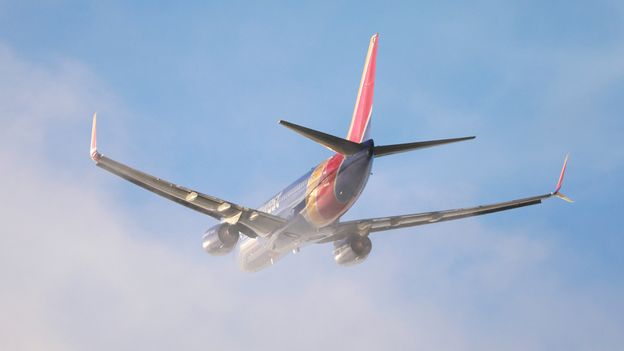Flying directly through eddies, vortices and updrafts with minimal disturbance requires not only precision engineering but a lot of advanced mathematics and an analysis of fluid dynamics. (Air, like water, is a fluid). The picture will always be complicated because the fundamental nature of turbulence is that it is chaotic. Small perturbations, from how wind deflects off a building to the wake of another aircraft, can change the behaviour of currents in the air. It’s hard for humans to comprehend, but it might be easier for AI.
Turbulence is increasing. Here’s how the aviation industry is trying to smooth things out
